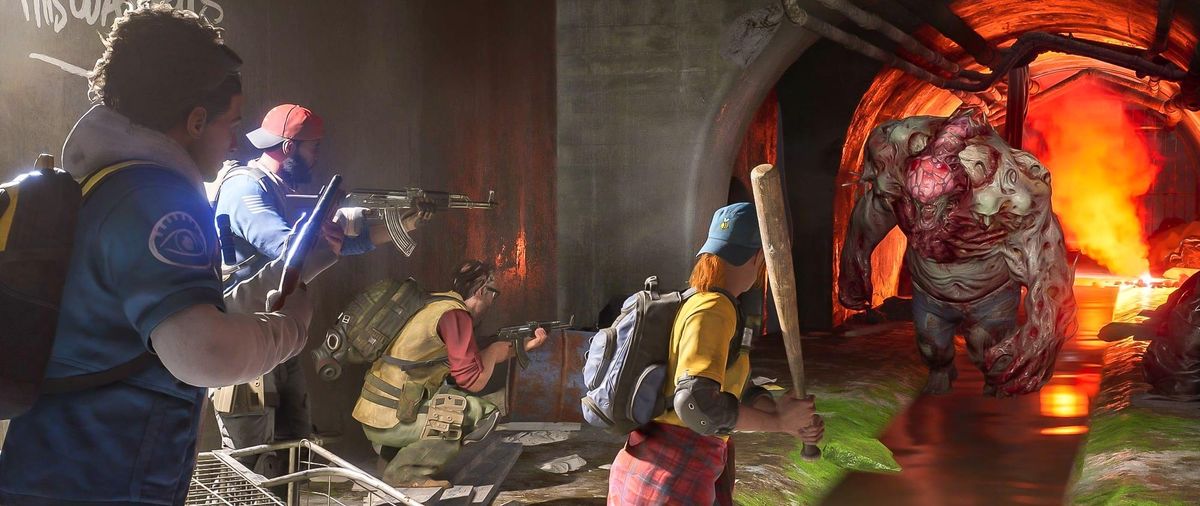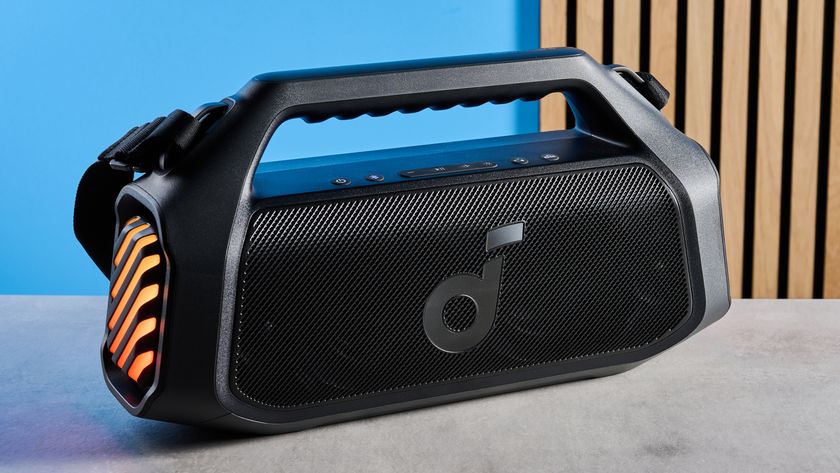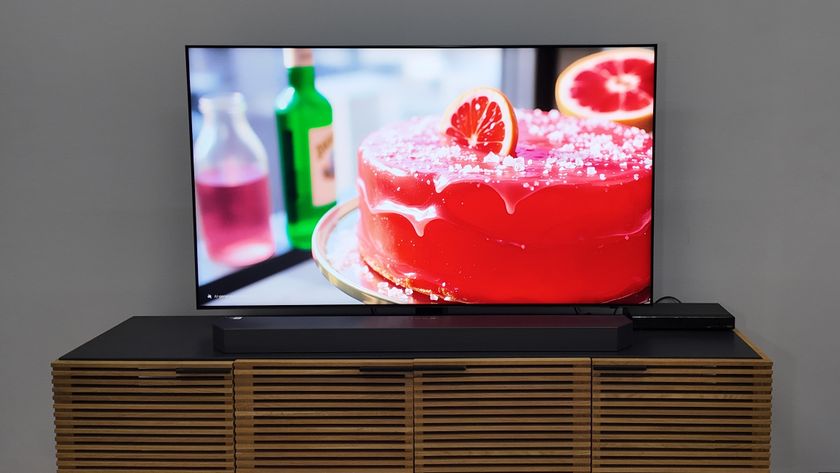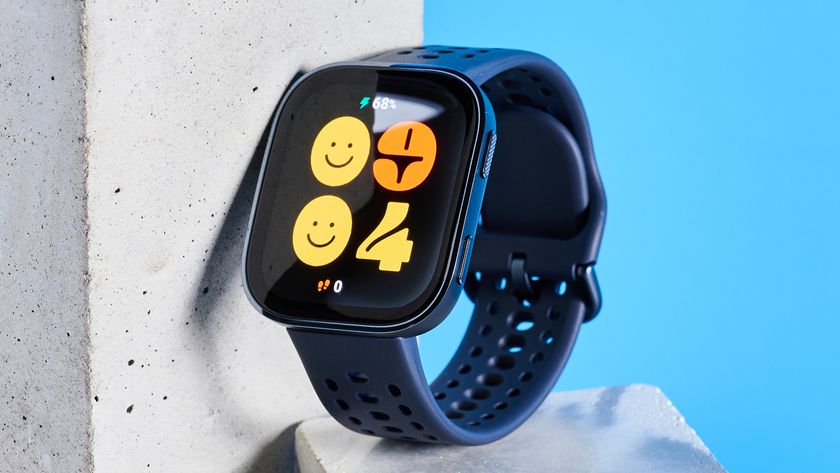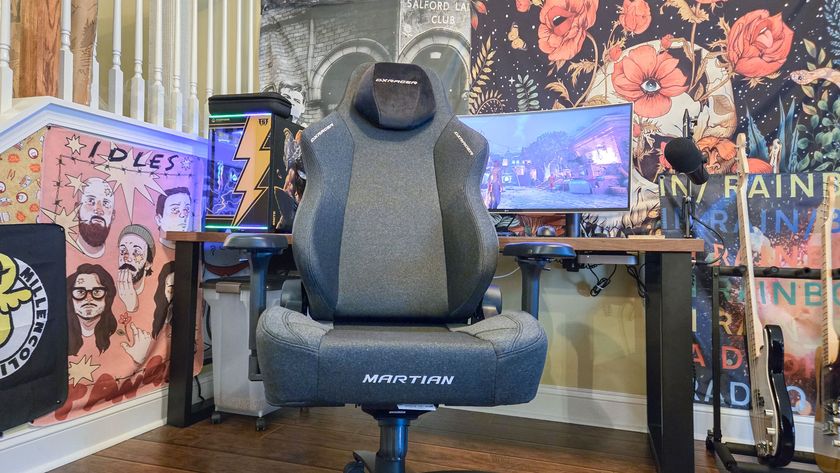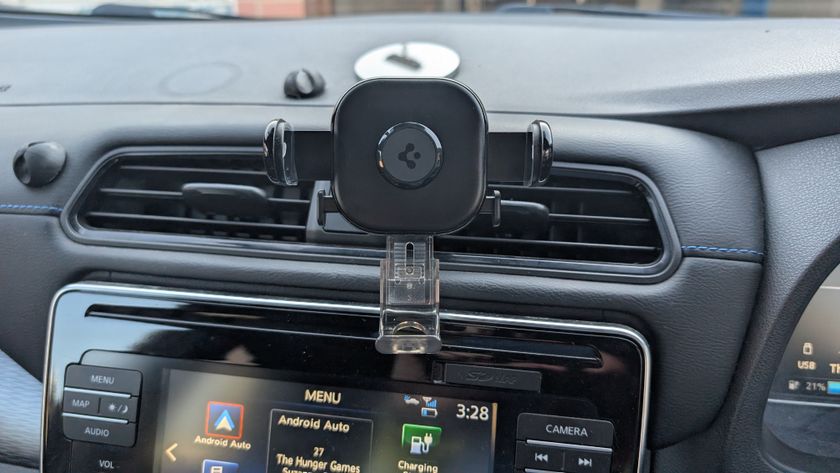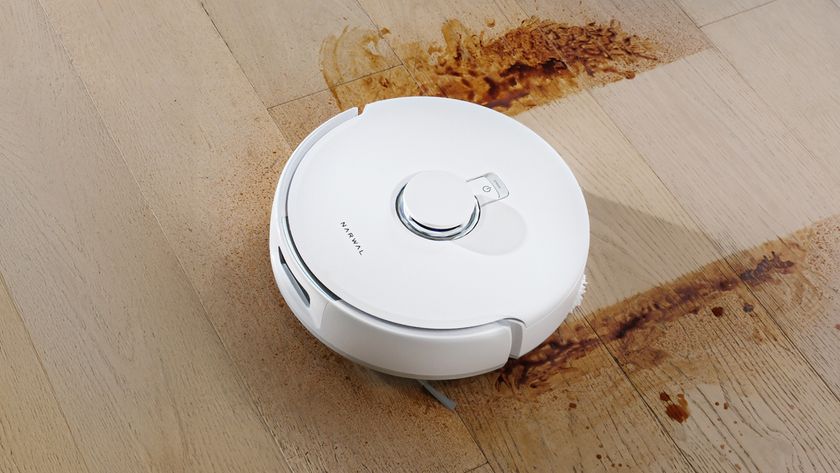Tom's Guide Verdict
Back 4 Blood is Left 4 Dead in everything but name. Delivering tense co-op zombie-shooting action, it’s the true spiritual successor to Turtle Rock’s classic franchise.
Pros
- +
Tight, responsive shooting mechanics
- +
Engaging cooperative gameplay
- +
Randomized enemies and items
Cons
- -
Can become repetitive
- -
Solo campaign
- -
Lack of co-op progression
Why you can trust Tom's Guide
Platforms: PC (reviewed), PS4, PS5, Xbox One, Xbox Series X/S
Price: $60
Release Date: October 12, 2021
Genre: Co-op Shooter
We’ve seen a horde of zombie games released over the years, but Turtle Rock Studios’ Left 4 Dead titles are still considered the pinnacle of the sub-genre. The storied franchise has now risen from the grave with a spiritual successor from Turtle Rock: Back 4 Blood.
Using Left 4 Dead as its foundation, Back 4 Blood contains all the classic zombie-slaying action of its predecessors. It also has enough modern gameplay sensibilities to keep it lively and fresh. This first-person shooter won’t conjure the same level of fanaticism its forebears did, nor does it need to. It fulfills its primary mission of delivering a thrilling co-op experience. Left 4 Dead veterans and newcomers alike will find a lot to like in Back 4 Blood.
Back 4 Blood review: Story
Back 4 Blood takes place in a post-apocalyptic world overrun by zombies, or Ridden, as the game calls them. A recent upsurge in zombie activity forces the human survivors to create small four-person squads called Cleaners to deal with the problem. As a Cleaner, it’s your job to not only drive back the zombie hordes but to investigate the reason for the surge of undead.
The narrative serves as a vehicle for getting you to various setpieces to mow down waves of zombies. If you’re looking for a deep, compelling tale, you won’t find one here. Thankfully, the game makes up for its narrative shortcomings by delivering tight, responsive gameplay and thrilling action sequences.
Back 4 Blood review: Gameplay
Like Left 4 Dead, Back 4 Blood features levels with ever-changing zombie waves, items, and mission objectives. The Dynamic Game Director, as the system is called, does an admirable job of mixing things up so levels don’t become too repetitive. Even if you replay the same level a dozen times, you’ll experience different scenarios and challenges. That doesn’t entirely prevent Back 4 Blood from sometimes feeling like an endless shooting gallery, but the variety alleviates the monotony of constantly shooting undead.
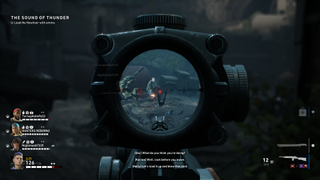
Most zombies are of the George A. Romero variety, only faster. The handguns, assault rifles, shotguns, and sniper rifles in your arsenal make short work of these canon fodder enemies. Mutated zombies like the lumbering Tallboys or girthy Reekers require more firepower to bring down. There are even gargantuan kaiju-sized zombies to contend with. Thanks to the Dynamic Game Director, you’ll never quite know what horrors await you.
Reaching a safe room is your primary goal within each level but it’s never that cut and dry. You'll almost always have to perform secondary tasks like rescuing survivors, boarding up safe houses, or carrying items to specified areas.
Some levels have memorable cinematic setpieces. One instance involves cranking a bar's jukebox to lure zombies while survivors make their escape. The blaring music and chaos of a bar shootout make for one heck of a scene. Scenarios like this happen throughout the entirety of the campaign and are almost always a highlight.
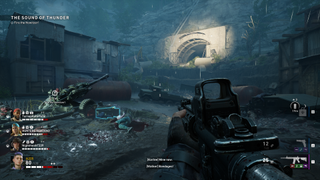
The card system is the biggest deviation from the Left 4 Dead formula. You’re given a deck of cards from the outset and gain more as you play. You get to select one of three cards before entering a new level, and selected cards are added to your card collection. Cards give you permanent buffs like extra health, ammo capacity, and stamina.
You’re free to make different decks for different game modes. For example, you’ll want a deck with plenty of health and stamina buffs when running solo. When playing with a team, it’s best to build decks to suit specific roles (healer, tank, ammo supplier, etc). You can have up to 15 cards in a deck, so it’s good to mix things up and find decks that fit your preferred playstyle.
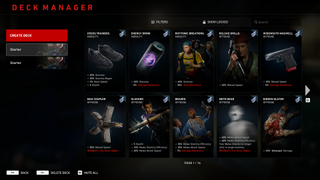
On the opposite end, we have Corruption cards. These add parameters such as increased Ridden horde invasions and tougher mutated zombies. The most interesting Corruption Cards add environmental modifiers like fog. Not being able to see more than five feet in front of you considerably enhances the game’s ever-present tension. Corruption Cards are another way Back 4 Blood keeps players engaged.
Back 4 Blood is a co-op shooter at its core. The game pairs you with other players when you select campaign mode. You can also jump into others’ games via the quickplay option. Thanks to the crossplay feature, you can pair up with anyone whether they're on PlayStation, Xbox, or PC.
Teaming up with trusted friends is the optimal way to play. Coordination, especially on higher difficulties, is crucial for survival. Completing missions in any of the co-op modes earns you cards and supply points. With supply points you can unlock supply lines, which in turn give you access to better cards.
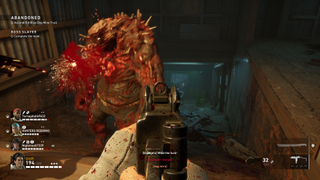
A solo campaign mode exists, though it’s disappointing that none of the cards you collect carry over to the co-op modes. You also won’t gain supply points in the solo campaign. Unless you loathe the idea of playing with human beings, I suggest avoiding solo campaign mode.
Co-op is a blast but it’s not without its issues. If you want to play through the entire campaign then you’ll have to always play with the person who originally started the run. That means if you decide to switch things up and become party leader, you’ll have to start the campaign from the beginning. We hope this specific issue gets resolved in a future patch. Having to constantly replay the first levels whenever there’s a new squad leader gets grating quick.
Swarm mode is Back 4 Blood's sole competitive mode. Here, teams alternate between playing as Cleaners and Ridden. If it wasn't for the ever-shrinking map that forces opponents into a confined area, this mode would be a straight-up deathmatch. Some may enjoy playing as the Ridden, but the novelty doesn't last long.
Back 4 Blood review: Visuals and sound
Back 4 Blood’s visuals are rather generic, even on my Nvidia GeForce RTX 3080 Ti build. Environments and the zombies populating them come to life convincingly but fail to impress graphically. There isn’t much to say about the game’s visuals other than that they’re serviceable.
Sound design, however, does a phenomenal job of immersing you in the world. Even if you can’t see them, you’ll always hear zombies from a distance or from hidden nearby corners. The sound design also aids gameplay. Zombies constantly make noise, even when they’re trying to sneak up on you. Hearing hushed groans or scrapping feet at your rear lets you know to prepare for an attack. I suggest playing with a headset — it will help you survive longer.
Back 4 Blood review: Verdict
Back 4 Blood is what Left 4 Dead would have evolved into had the franchise continued into the modern day. The card system pairs nicely with the classic shooting mechanics and also adds a great deal of customization. Though co-op progression needs work, playing with others is every bit as exciting as it was in Left 4 Dead. You can criticize Back 4 Blood for being unoriginal, but it's a bloody good game regardless.
If you want to relive the glory days of Left 4 Dead or simply want a solid co-op shooter to play with friends, Back 4 Blood is worth checking out. We look forward to what the franchise holds in store for the future.

Tony is a computing writer at Tom’s Guide covering laptops, tablets, Windows, and iOS. During his off-hours, Tony enjoys reading comic books, playing video games, reading speculative fiction novels, and spending too much time on X/Twitter. His non-nerdy pursuits involve attending Hard Rock/Heavy Metal concerts and going to NYC bars with friends and colleagues. His work has appeared in publications such as Laptop Mag, PC Mag, and various independent gaming sites.
